I have a query that tell me how many records were created each day, but if there are no records created on a day then the query does not list the date and zero amount.

How do I include those dates?
SELECT Convert(VARCHAR, CreatedDate, 101) as "Date", count(result_ID) as "Results"
FROM Results
WHERE CreatedDate >=dateadd(day,datediff(day,0,GetDate())- 90,0)
AND Verified = 1
GROUP BY Convert(VARCHAR, CreatedDate, 101)
Order by "Date" desc